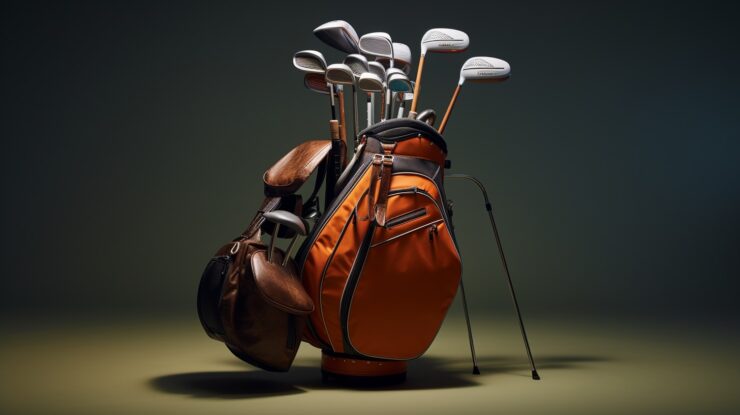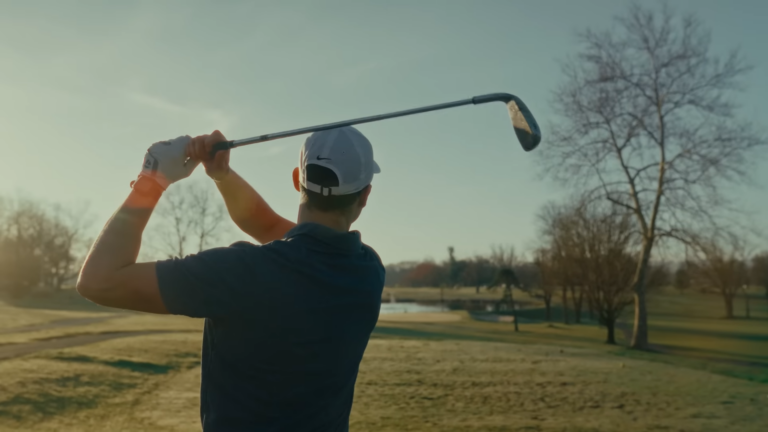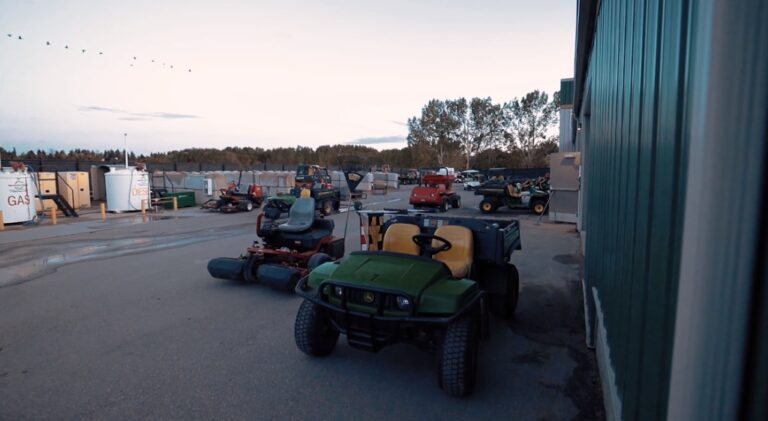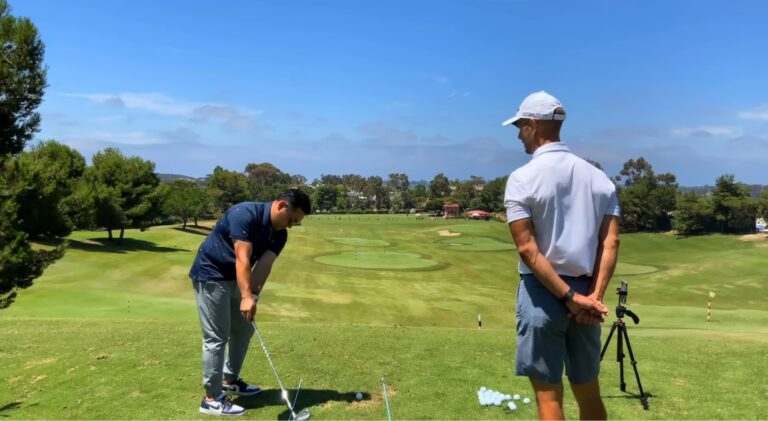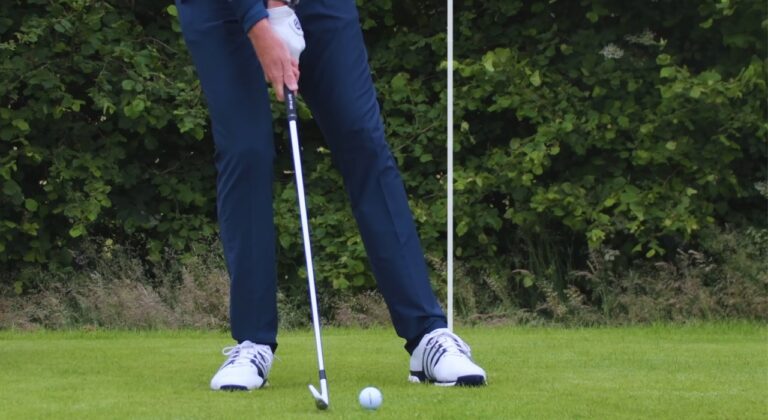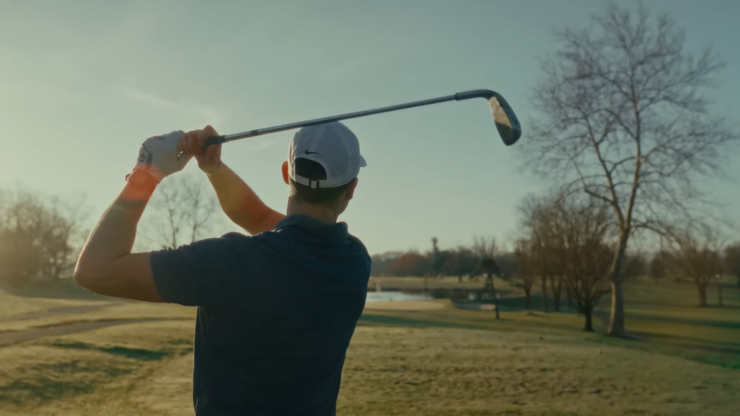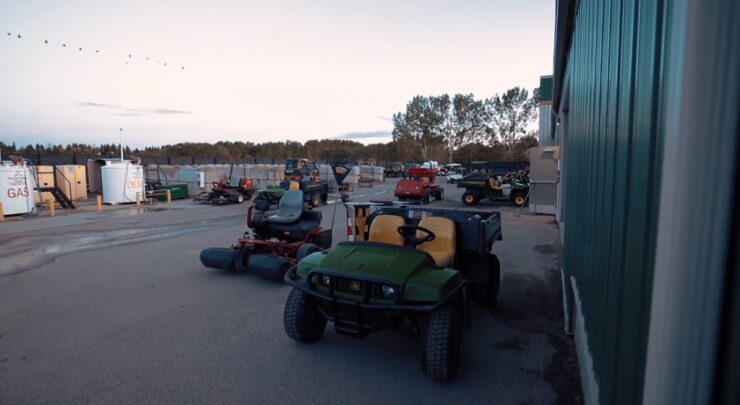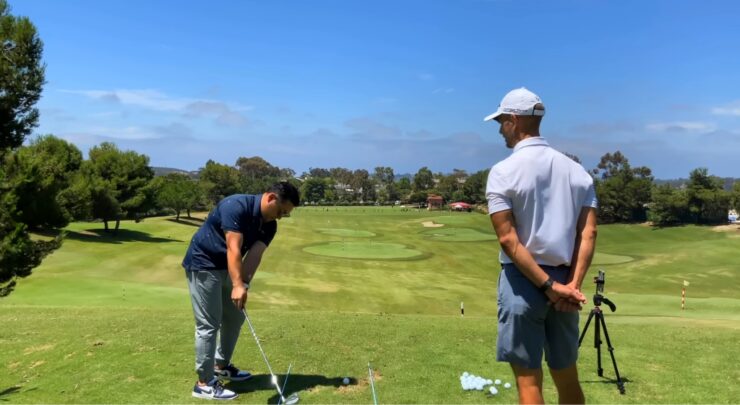Embarking on the journey of golf can be both exhilarating and daunting. As I first stood on the edge of the green, gazing at the vast expanse before me, I realized that the world of golf is more than just a game; it’s an art, a discipline, and a continuous learning experience.
One of the foremost decisions that confronted me, as it does every budding golfer, was selecting my first set. The sheer variety and technicalities can be overwhelming, but understanding the intricacies and making an informed decision is paramount.
Now, I would like to provide you with my two cents on how to choose your first set.
Showing the Ropes
Selecting the right equipment is essential for any sport, but when it comes to golf, it’s vital to understand the basics of the tools you’ll be using. Before diving into specifics, introduce yourself to the foundational concepts.
Types of Clubs
| Types | Description |
|---|---|
| Woods | Long-distance shots |
| Irons | Various distances and accuracy |
| Wedges | Short shots and tricky situations |
| Putters | The greens |
- Clubhead: An important part of the equipment that makes contact with the golf ball. It is designed differently for various clubs based on their function. For example, a driver, which is a type of wood, has a large clubhead to maximize distance.
- Shaft: The long part of the equipment to which the clubhead is attached. Shafts can be made from steel, graphite, or other materials. Your choice here will depend on your comfort and your swing speed.
- Grip: Part where you hold the club. It is crucial for control and comfort. A proper grip ensures that you can swing the club effectively without it slipping from your hands.
- Loft: It refers to the angle of the clubface. A higher loft means the ball will rise higher in the air. For instance, a wedge has a higher loft than a 5-iron.
- Flex: Refers to the flexibility of the shaft. Beginners should look for a more flexible shaft as it allows for more forgiveness in the swing.
Benefits of Starting with the Right Equipment
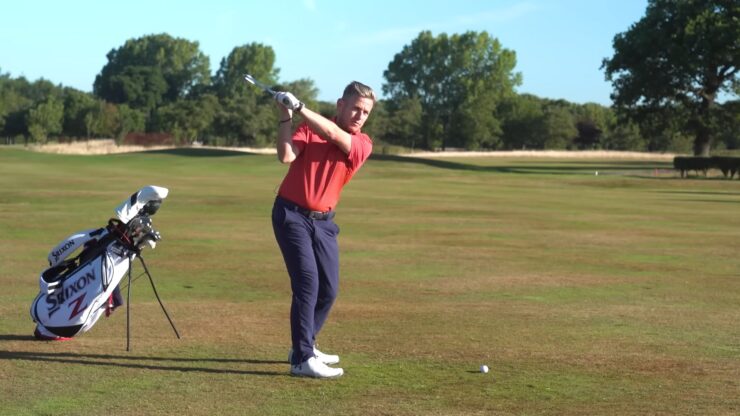
Stepping onto the green with a well-suited set of clubs isn’t just about looking the part.
The advantages of choosing the right beginner equipment can significantly impact your learning curve and overall enjoyment of the sport. The correct equipment tailored for beginners often has design features that compensate for common mistakes.
This means fewer frustrating moments and a more encouraging learning experience. Ill-fitting clubs can lead to poor swing mechanics, which over time may cause strain or injury. The right length and flex can keep you playing longer and more safely.
Knowing that you’re equipped with clubs suited for your skill level can boost your confidence. This mental assurance can often translate to better performance on the course. By opting for a well-researched set tailored to your needs, you reduce the chances of needing early replacements or additions, saving money in the long run.
With clubs that match your physique and skill level, you’re more likely to achieve consistent swings, leading to a more predictable and enjoyable game. Starting with a beginner set doesn’t mean limiting yourself. As you progress, these clubs can still find a place in your bag, serving as reliable backups or for specific situations.
Important Factors to Consider
Once you’re familiar with the basic elements, it’s time to delve into the factors that will guide your purchasing decision. Your first collection of equipment should cater to your unique needs as a beginner. Here are some of the factors that require your attention.
- Skill Level: As a novice, you’ll likely benefit from a game-improvement or super game-improvement type of clubs. These are designed to be more forgiving, aiding players who might not yet have a consistent swing.
- Budget: Establish a clear budget. While it might be tempting to splurge on top-tier brands, there are plenty of affordable options that offer great value for beginners.
- Custom Fitting: Even as a beginner, getting custom-fitted can be beneficial. This process ensures that your equipment matches your physical stature and swing characteristics.
- Set Composition: While a standard collection includes 14 clubs, as a beginner, you might not need all of them. Start with the basics: a driver, a putter, a few irons, and a wedge. As you progress, you can add more.
- Brand Reputation: While the brand isn’t everything, it’s worth considering reputable brands known for producing quality products suitable for novices.
- Try Before Buying: If possible, test out the equipment at a local store or driving range. This gives you a feel of the clubs and helps determine which ones are most comfortable for you.
What Should Every Beginner Know?
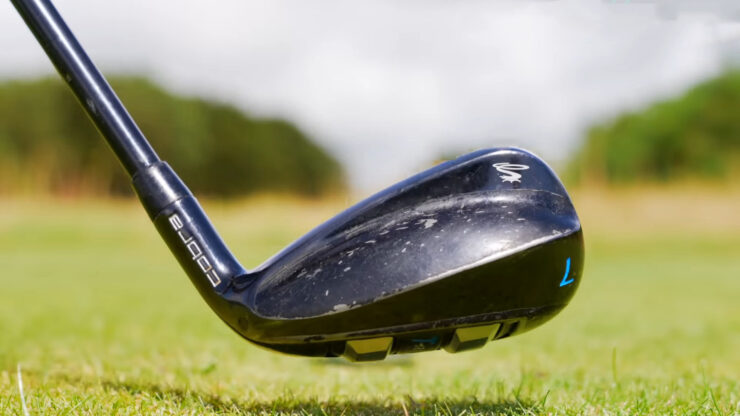
While it’s clear you don’t need a full 14-club collection to start, identifying the essential ones can help streamline your initial purchase and focus your practice sessions.
| Type | Description |
|---|---|
| Driver | Used for long-distance shots, typically for the first stroke of each hole. |
| Putter | Essential for finishing each hole, used on the green to roll the ball into the hole. |
| Wedge | Helps get out of bunkers and is versatile for short shots around the green. |
| Fairway Wood or Hybrid | Hybrids combine features of woods and irons, often easier for beginners. |
| Mid-Irons | They offer a blend of distance and control for various situations. |
Future Considerations as You Progress
As with any journey, your initial steps in golf will eventually lead to more advanced challenges and needs.
While focusing on the present is vital, having an eye on future considerations can make your progression smoother. When you get more comfortable with the basics, consider expanding your set. Adding clubs one at a time allows you to understand each one’s purpose and function.
Your swing and technique will evolve. It’s beneficial to revisit custom fitting to ensure your gear still matches your style and physique. As you progress, you might develop an interest in clubs with specific features or the latest technologies.
Stay updated, but always prioritize what complements your game. You might find the need for those suited to specific terrains or challenges. A diverse set can be advantageous. Over time, you might find value in specialty like gap wedges or certain types of putters to fine-tune your game.
Common Mistakes to Avoid
Every beginner is bound to make a few errors along their journey. When it comes to purchasing your initial equipment, some pitfalls can be avoided, ensuring a smoother entry into the sport. It’s easy to think that buying a full 14-club set is necessary.
As a beginner, focus on mastering the basics with fewer clubs before expanding your collection. Many novices believe that fitting is only for pros. On the contrary, a well-fitted club can drastically improve your learning curve, making the game more enjoyable.
Just because a particular brand is endorsed by top players doesn’t mean it’s the best fit for you. Look beyond the name and assess the equipment’s features and suitability for beginners. Investing in quality equipment is essential, but don’t forget to invest in lessons too.
Even the best equipment won’t be of much help if you don’t know how to use it properly. Once you’ve acquired your set, ensure you maintain them. Clean the clubheads, check grips for wear, and store them correctly. This not only prolongs their lifespan but also ensures consistent performance.
Especially in the excitement of starting a new sport, resist the urge to buy on impulse. Research, test, and seek advice before making a decision.
FAQs
Are there specific golf clubs designed for women and seniors?
Many brands offer clubs tailored for women, with differences in length, weight, and flex. Similarly, there are clubs designed for seniors, focusing on flexibility and forgiveness.
What’s the significance of the clubhead’s design in beginner clubs?
For beginners, a larger and more forgiving clubhead can be beneficial. It offers a bigger “sweet spot,” reducing the impact of off-center hits.
Why are there different types of clubs in a golf set?
Each type of club is designed for specific situations on the golf course, from driving off the tee to making precise shots on the green.
What does ‘club flex’ mean, and why is it important for beginners?
Club flex refers to the shaft’s bending ability during a swing. Choosing the right flex can influence distance and accuracy, especially for beginners.
How do I decide between steel and graphite shafts?
Steel shafts are generally heavier and offer more control, while graphite shafts are lighter and can increase swing speed. Beginners might prefer graphite for its forgiveness and added distance.
Closing Thoughts
Choosing one’s first set of golf clubs can be a daunting task, given a plethora of options available. As a beginner, it’s essential to prioritize clubs that offer forgiveness, versatility, and a comfortable fit. Remember, the goal is to foster a love for the game and build confidence with each swing.
As I’ve highlighted, making an informed decision based on your needs, budget, and aspirations will ensure that your introduction to golf is both enjoyable and rewarding.

